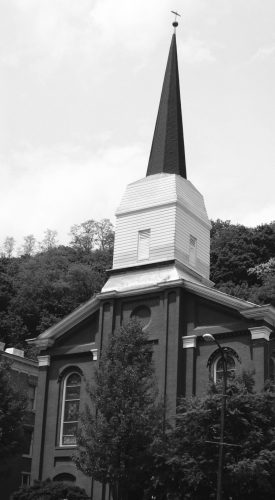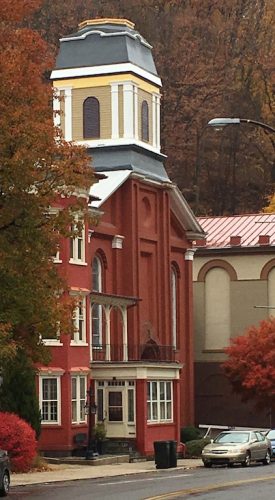
ANITA SHAPOLSKY ART FOUNDATION
The Anita Shapolsky Art Foundation is home to one of the largest and most historically pertinent collections of American Abstract Expressionism in Pennsylvania.
Our exhibition center located in Jim Thorpe showcases artwork from second-generation Abstract Expressionists from both the New York School and the Bay Area. We also show many local artists.
ARTISTS IN OUR COLLECTION:
Ernest Briggs, Seymour Boardman
Perez Celis, Nassos Daphnis
Amaranth Ehrenhalt, John Hultberg
Richards Ruben, and many others.
About The Foundation
The Anita Shapolsky Art Foundation’s Exhibition Center in Jim Thorpe, PA is located at 20 West Broadway in a former Presbyterian Church built in 1859. This unusual and dramatic building is the perfect setting to showcase the Foundation’s collection of Abstract art.
Beyond the collection, the church itself is a wonderful tourist attraction; it has two stories and a stunning collection of beautiful stained glass windows, including a Tiffany, LaFarge and others. Our recently renovated tower contains a rare double bell forged by the Meneely Bell Foundry.
Foundation Mission
The Anita Shapolsky (A.S.) Art Foundation was formed in 1986. It is a national non-profit organization, 501 (c) 3, which presents the public with educational opportunities to review selected modern and contemporary art. Our main goals are:
- To establish and operate an art exhibition center, which is all inclusive with music and literary events for educational purposes.
- To educate current and future generations on the important and significant various styles of abstract art.
- To promote programs that offer avenues to display, educate and proliferate abstract art.
- To provide a “home" for important art (primarily Abstract Expressionism) upon an artist's demise, which includes photographing and cataloging the art.
- To ensure that Abstract Expressionism maintains its important place in art history.
- To continually analyze the art world to find new, emerging trends and seasoned artists that are significant in scope and in need of support.
- To obtain grants for restoration of works of many historically important under-known artists of the 50’s.
- To disseminate art to other art institutions and private collections.

